The Northern Sea Route, the shortest shipping lane from the Atlantic Ocean to the Pacific Ocean, links European Russia with Russia’s Far East and is the country’s traditional integrated Arctic transport and communications line.
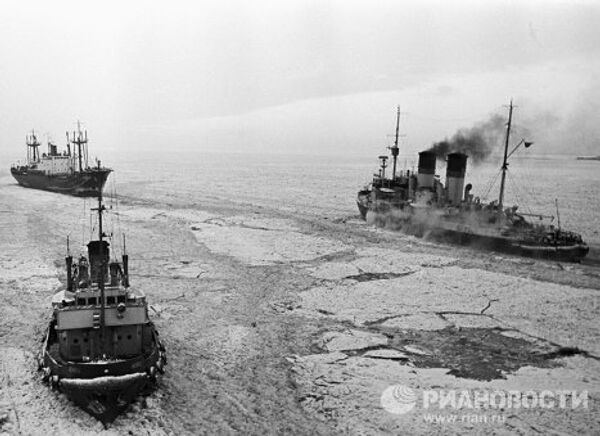
The Northern Sea Route, the shortest shipping lane from the Atlantic Ocean to the Pacific Ocean, links European Russia with Russia’s Far East and is the country’s traditional integrated Arctic transport and communications line. The Northern Sea Route passes through the Arctic Ocean’s Barents, Kara, Laptev, Eastern Siberian and Chukchi seas, as well as through the Pacific Ocean’s Bering Sea. Photo: The Sibiryakov icebreaker escorting a ship convoy along the Northern Sea Route.
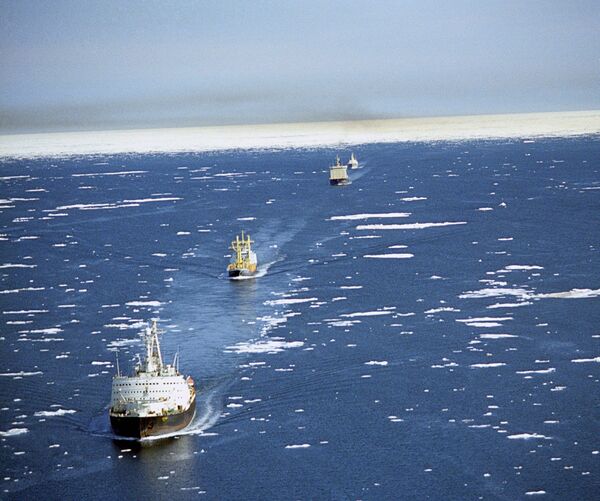
The Northern Sea Route is 5,600 km long from the Kara Gate to Providence Harbor in the Bering Straits.
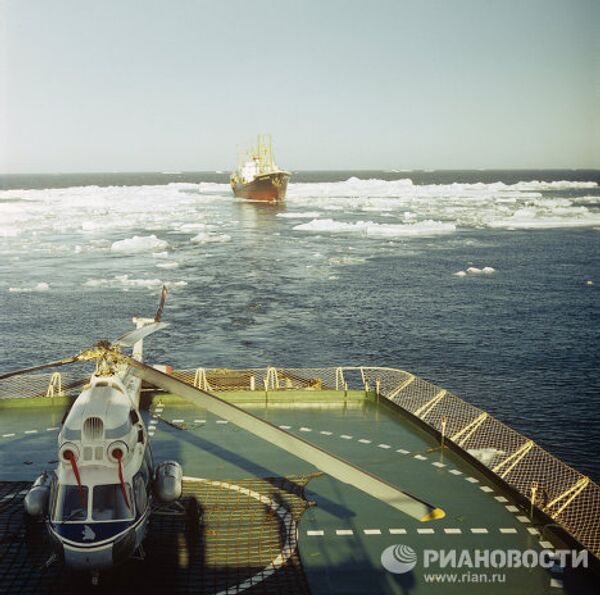
The distance from St. Petersburg to Vladivostok via the Northern Sea Route is more than 14,000 km but it exceeds 23,000 km via the Suez Canal. Photo: Cargo ships sailing along the Northern Sea Route.
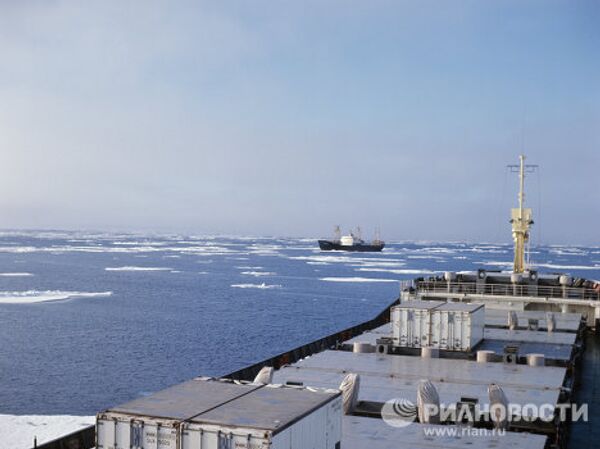
The Northern Sea Route services Arctic seaports and those of the major Siberian rivers, delivering fuel, equipment and food. Photo: Cargo ships near Novaya Zemlya.
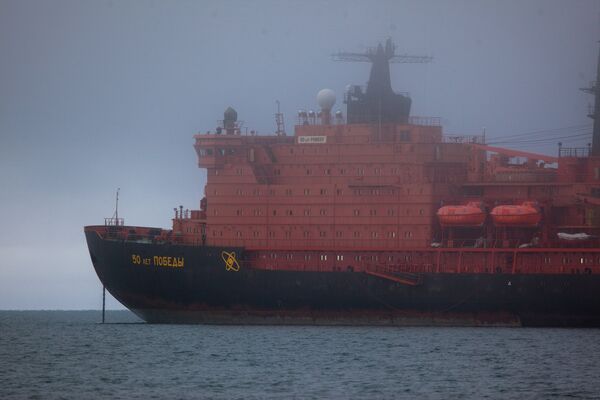
Ice is the main obstacle to navigating the Northern Sea Route. Modern icebreakers can, if necessary, manage year-round navigation. Photo: The 50th Victory Anniversary nuclear-powered icebreaker is one of the three icebreakers escorting the Baltika tanker from Murmansk to Ningbo, China, via the Northern Sea Route.
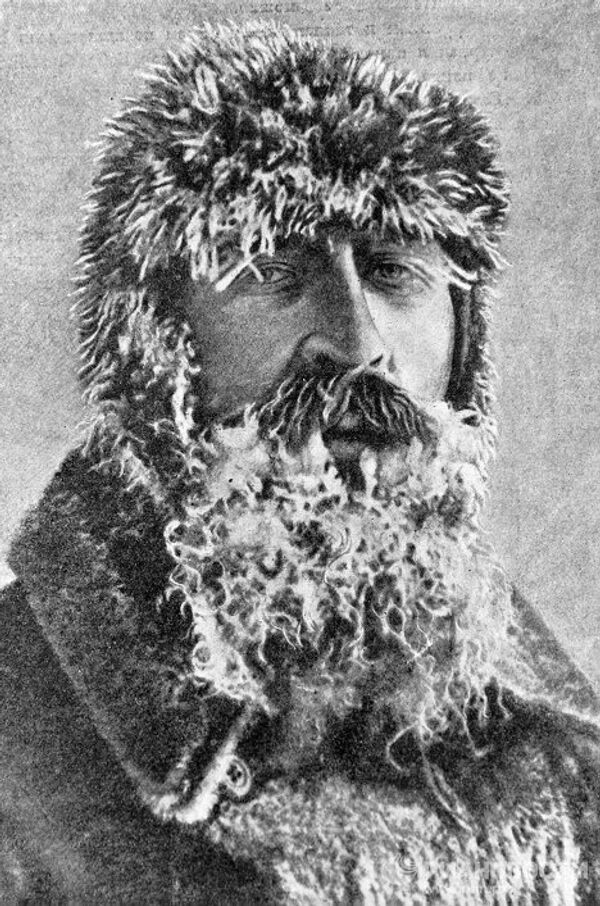
In 1932, an expedition headed by Otto Schmidt sailed the Sibiryakov icebreaker from Arkhangelsk to the Bering Straits for the first time without wintering, proving that the Northern Sea Route had commercial use. In 1933-1934, Schmidt headed another expedition, sailing the Chelyuskin steamship along the Northern Sea Route in an attempt to prove that conventional ships could also navigate the route. Photo: Otto Schmidt, head of the Chelyuskin expedition, helped develop the Northern Sea Route.
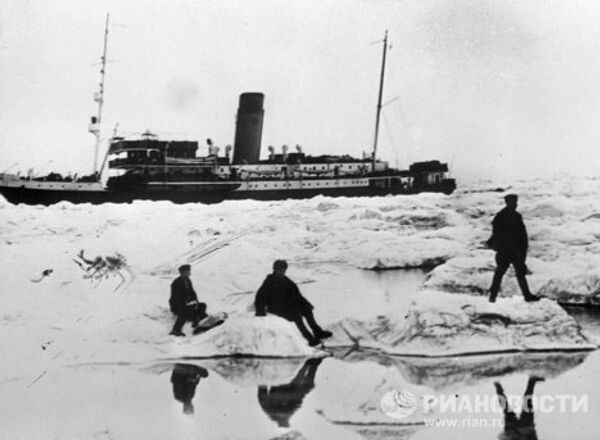
In 1934, an expedition headed by Vladimir Wiese sailed the Litke icebreaker from east to west in one navigation season.
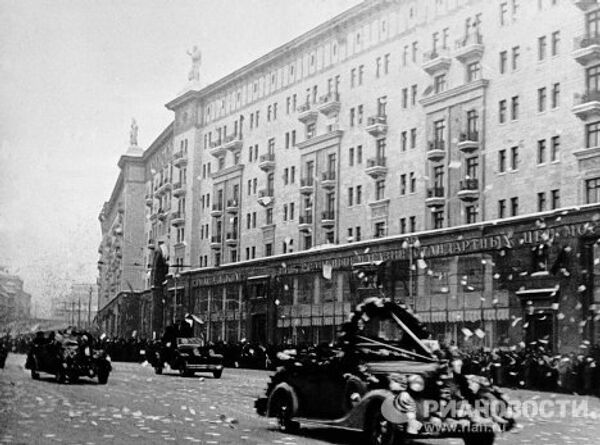
Soviet and foreign public opinion perceived the initial development of the Northern Sea Route as a heroic feat. Returning members of these polar expeditions were just as popular as the first astronauts several decades later. Photo: The crew of the Georgy Sedov icebreaker during their celebratory procession down Moscow’s Gorky Street in 1940 after their epic 812-day drift in the Arctic.
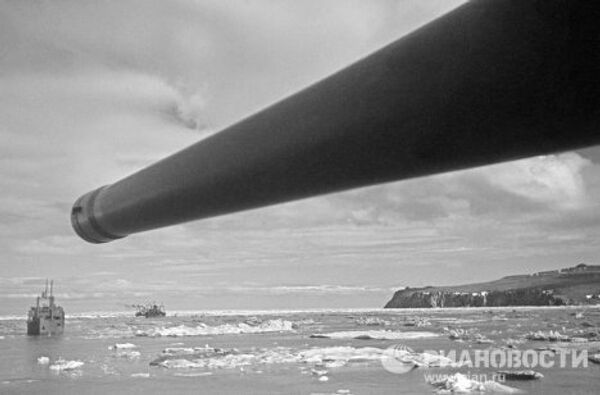
The Northern Sea Route served as a vital Soviet shipping lane during World War II, facilitating the redeployment of the Soviet Pacific Fleet’s warships to the Barents Sea. Photo: The Josef Stalin icebreaker escorting military transports along the Northern Sea Route.
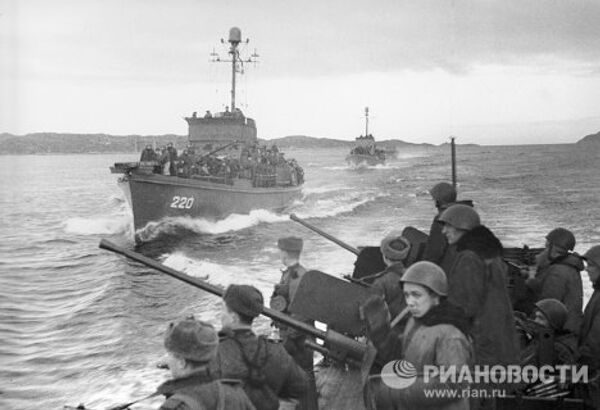
Convoys of ships were often attacked by German bombers, U-boats and warships and also had to sail through mine-infested coastal waters. Photo: The 1941-1945 Great Patriotic War against Nazi Germany. Ships forming part of the Soviet Northern Fleet carrying assault troops to Petsamo, formerly part of Finland, ceded to the Soviet Union after the war and now called Pechenga, Russia.

The Northern Fleet was responsible for protecting Arctic communication routes and shipping convoys. Photo: Anti-aircraft gunners on a Northern Fleet ship during a maritime patrol.
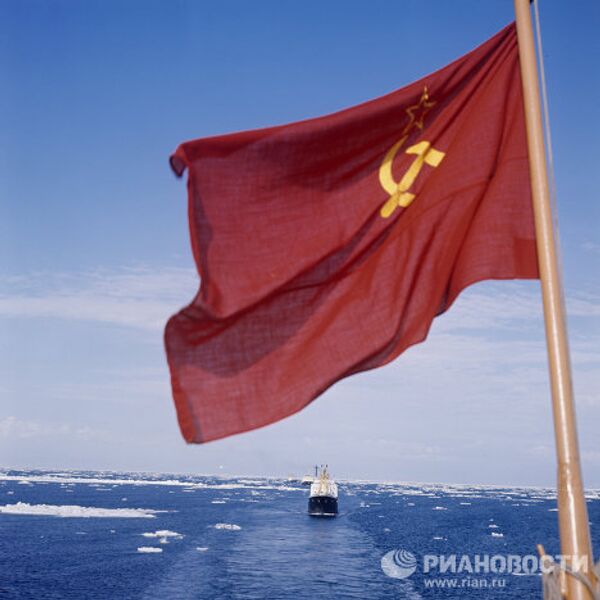
The Soviet Union actively explored the Arctic and the Northern Sea Route using icebreakers, civilian ships, warships, submarines, fixed-wing aircraft and drifting polar stations.
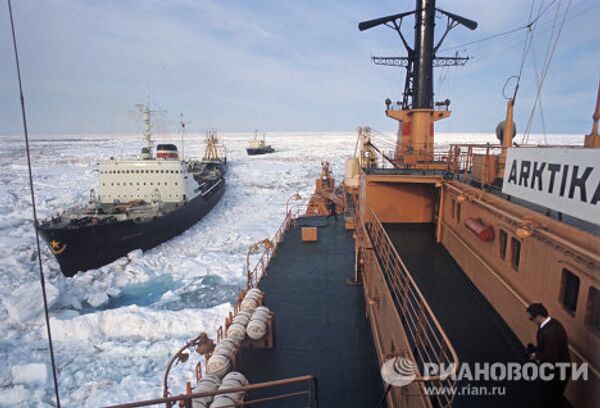
Russia continues to develop and exploit the Northern Sea Route in the 21st century. Photo: The Arktika nuclear-powered icebreaker escorting a convoy of ships along the Northern Sea Route.

